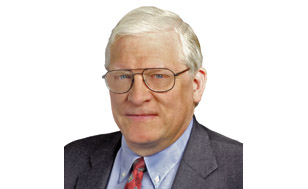During the long reign of Azzarello v. Black Brothers, 391 A.2d 1020 (Pa. 1978), as the foundation of strict products liability in Pennsylvania, the strict separation of “negligence” and “strict liability” imposed by that decision led to a number of secondary exclusions of evidence and theories. The first of these involved so-called “state of the art” evidence, of which there are several subsets: (1) scientific unknowability; (2) governmental standards; and (3) industry standards.
In Lewis v. Coffing Hoist Division, 528 A.2d 590 (Pa. 1987), the court, citing to Azzarello’s negligence/strict liability dichotomy, held that evidence of industry customs and standards should be inadmissible in strict liability actions. Discussing Azzarello, the court said, “We also concluded, if not expressly, then certainly by clear implication, that negligence concepts have no place in a case based on strict liability.” Therefore, the court decided, “evidence of industry standards … go to the reasonableness of the [defendant's] conduct in making its design choice,” and “conclude[d] that such evidence would have improperly brought into the case concepts of negligence law.”
This content has been archived. It is available through our partners, LexisNexis® and Bloomberg Law.
To view this content, please continue to their sites.
Not a Lexis Subscriber?
Subscribe Now
Not a Bloomberg Law Subscriber?
Subscribe Now
LexisNexis® and Bloomberg Law are third party online distributors of the broad collection of current and archived versions of ALM's legal news publications. LexisNexis® and Bloomberg Law customers are able to access and use ALM's content, including content from the National Law Journal, The American Lawyer, Legaltech News, The New York Law Journal, and Corporate Counsel, as well as other sources of legal information.
For questions call 1-877-256-2472 or contact us at [email protected]



